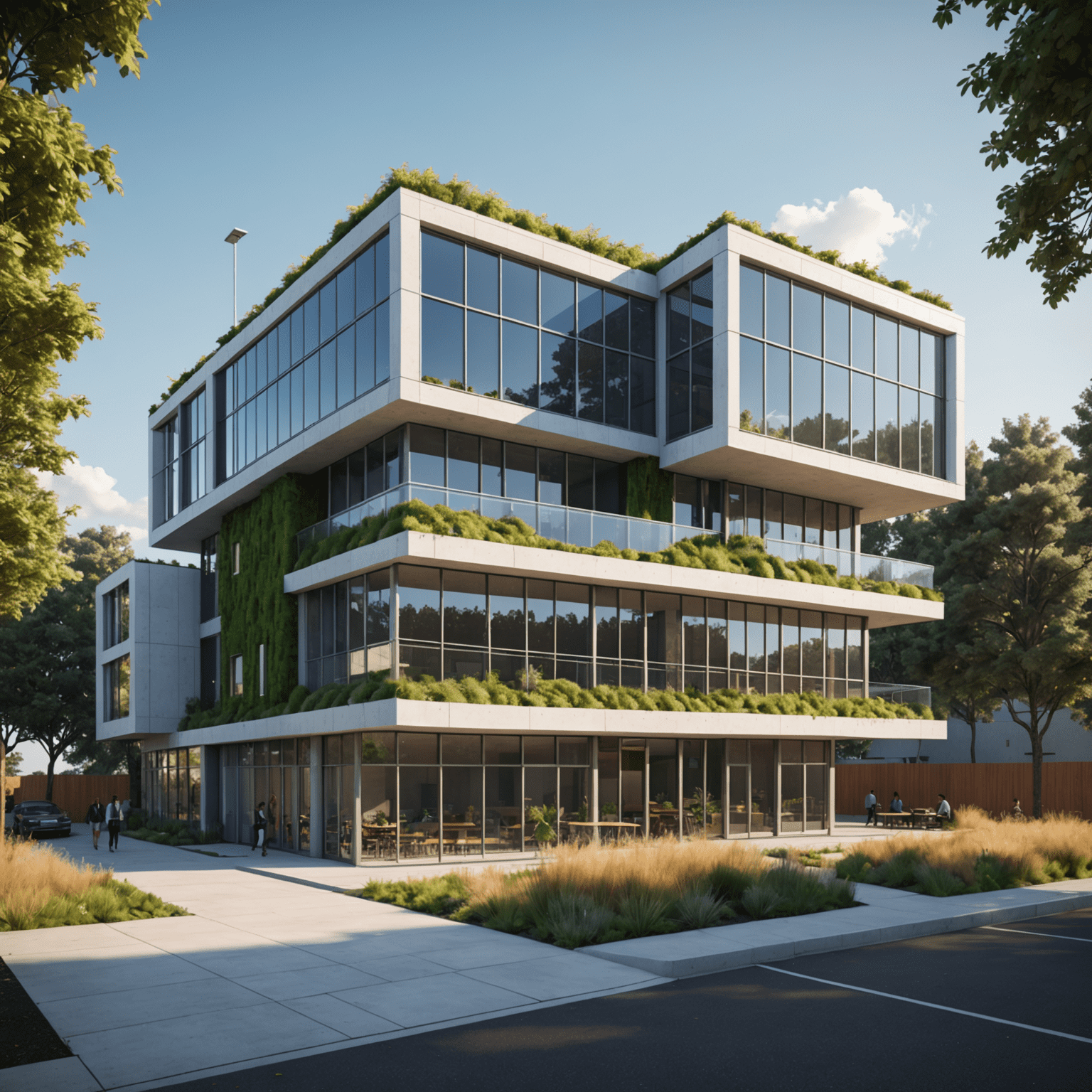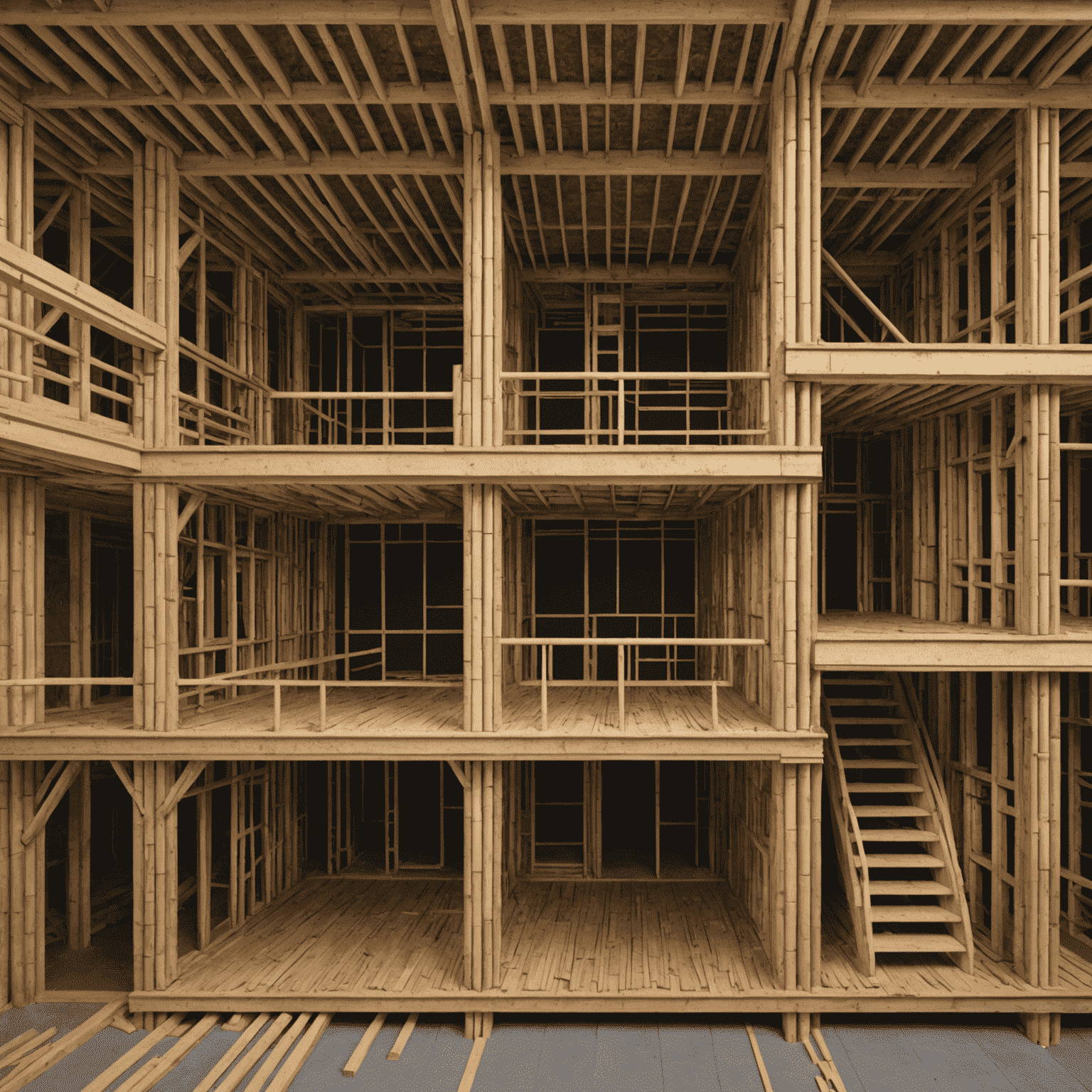Sustainable Materials in Modern Architecture

In the ever-evolving world of 3D architecture, sustainability has become more than just a buzzword—it's a necessity. As we push the boundaries of digital design, we're also reimagining the very materials that bring our virtual concepts into reality. Let's explore how eco-friendly innovations are shaping the future of architecture and design.
Bamboo: Nature's Steel
Architects are increasingly turning to bamboo as a sustainable alternative to traditional building materials. Its strength-to-weight ratio rivals that of steel, making it perfect for both structural and decorative elements. Using SketchUp, designers can now accurately model bamboo structures, showcasing its versatility in modern designs.
Recycled Plastic: From Waste to Wonder
Innovative companies are transforming plastic waste into durable building materials. These recycled products can be used for everything from insulation to facade elements. 3D modeling software like SketchUp allows architects to visualize how these materials can be incorporated into designs, creating stunning structures that are both eco-friendly and visually striking.
Mycelium: The Future is Fungal
Mycelium, the root structure of fungi, is emerging as a groundbreaking sustainable material. It can be grown into specific shapes and sizes, making it ideal for insulation and even structural components. Digital design tools are crucial in exploring the potential of this living material, allowing architects to push the boundaries of organic architecture.

Smart Glass: Energy Efficiency Meets Aesthetics
Smart glass technology is revolutionizing the way we think about windows and facades. These materials can change their properties to control light and heat, significantly reducing energy consumption. In SketchUp, architects can now simulate how smart glass will perform under different conditions, optimizing building designs for maximum efficiency and comfort.
3D Printed Concrete: Precision and Sustainability Combined
3D printed concrete is not just a futuristic concept—it's here and it's changing the game. This technology allows for precise material usage, reducing waste and enabling complex geometries that were previously impossible or too costly. SketchUp's 3D modeling capabilities are essential in designing these intricate structures, bridging the gap between digital creativity and physical construction.
The Role of Digital Design in Sustainable Architecture
As we embrace these innovative materials, digital design tools like SketchUp become more crucial than ever. They allow architects to:
- Visualize and test sustainable materials in various contexts
- Optimize building performance through simulations
- Collaborate globally on eco-friendly designs
- Reduce material waste by perfecting designs before construction
The fusion of sustainable materials and advanced digital design tools is paving the way for a new era in architecture—one where creativity and responsibility go hand in hand. As we continue to push the boundaries of what's possible, we're not just designing buildings; we're crafting a sustainable future, one pixel at a time.